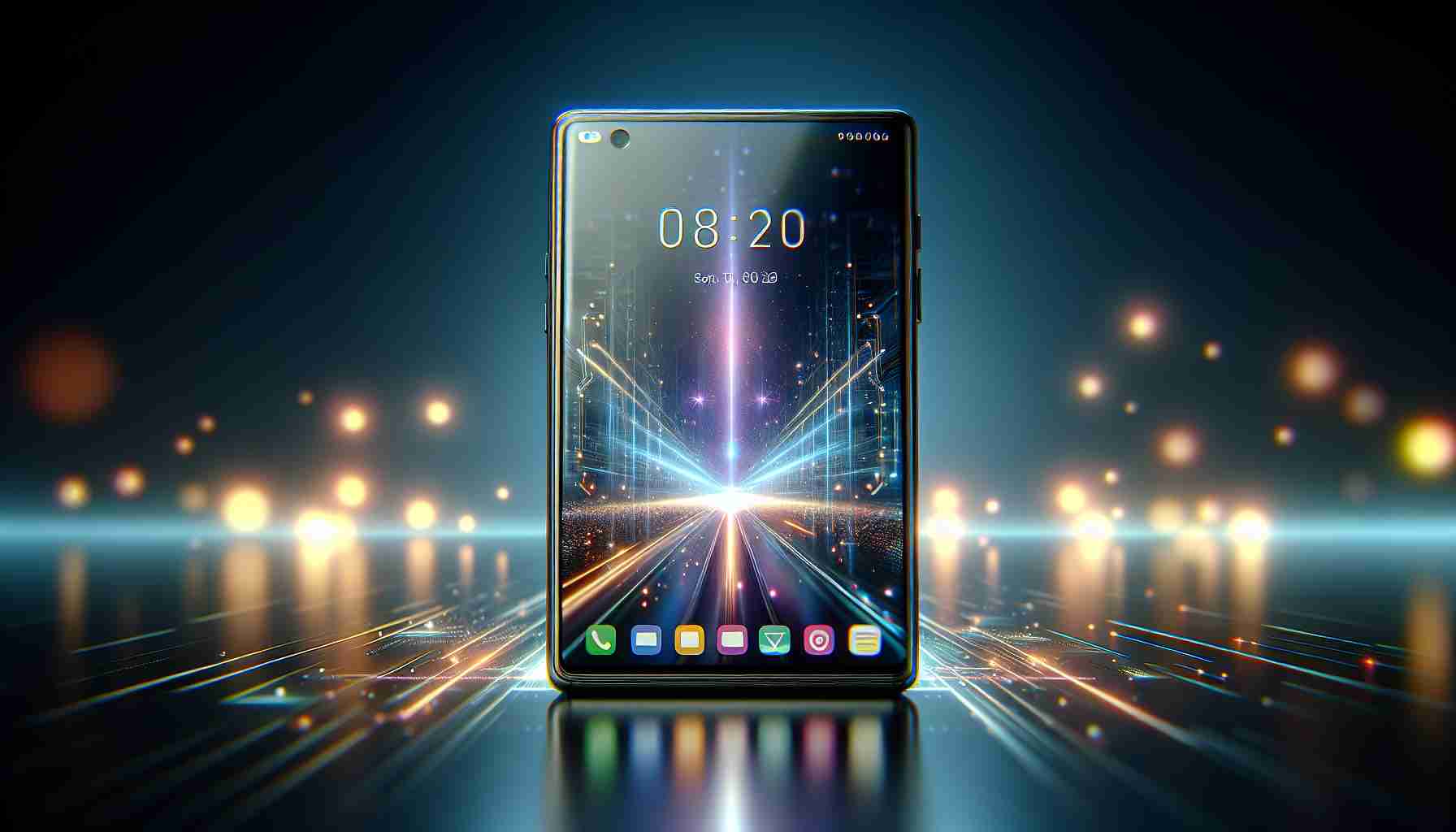HMD Global, recognized for its Nokia-branded Android phones, has recently taken a bold step into the smartphone market under its own brand name. The leadership at HMD, including Brenden Folitarik who oversees their operations in Australia and Oceania, sees this move as a revitalizing transition. The company is channeling its previously established strengths, such as its engineering and logistics capacities, to support this evolution.
The introduction of HMD’s self-titled phone range doesn’t mean a departure from their existing retail partnerships. These relationships have facilitated a smoother launch for the all-new HMD devices, continuing a collaboration that began back in 2017.
The First In-House Trio: HMD’s latest creations include the Pulse series—namely the Pulse, Pulse Plus, and Pulse Pro models. Each one is priced under $300, positioning them in the budget-friendly segment. What sets these devices apart is their DIY repairability, a rare feature in today’s market. Partnering with iFixit, HMD offers consumers accessible replacement parts and the necessary tools to perform repairs themselves.
At their core, these smartphones are equipped with a 6.56-inch 720p+ display featuring a 90Hz refresh rate, along with the Unisoc T606 processor and significant storage capacity that is expandable. They also boast IP52 splash-resistance and a robust 5,000mAh battery. While these phones might be uniform in these features, they differ in RAM and camera specifications, with the Pulse Pro leading the pack.
All phones from the Pulse series will receive two full years of OS updates and three years of security updates, and they will come with Android 14 pre-installed. For those interested, the trio is available through various well-known retailers.
Continuing the Nokia Legacy: Despite this shift to self-branded smartphones, HMD hasn’t entirely parted ways with the Nokia trademark. It continues to release new iterations of classic Nokia “dumb” phones designed for simple communication needs. One of the nostalgic highlights is the reimagined Nokia 3210.
Moreover, HMD plans to expand its product line even further with a unique Barbie-themed feature phone, aimed for a release later in the year, which will be meant to capture the novelty collectors’ market in regions including Australia.
Key Questions and Answers:
– Why is HMD launching its own brand of smartphones?
HMD is launching its own brand of smartphones to leverage its existing strengths and engineering capacities while expanding its product portfolio to offer more choices to consumers and possibly increase its market share.
– How do the new HMD smartphones stand out in the market?
HMD’s new smartphones, particularly the Pulse series, stand out with their DIY repairability, which is uncommon in the current market. They also feature accessible pricing, decent specifications, and a commitment to OS and security updates.
– Will HMD continue producing Nokia-branded phones?
Yes, the company continues to produce Nokia-branded “dumb” phones aimed at consumers with basic communication needs while also exploring novelty products like the Barbie-themed feature phone.
– What might be the challenges for HMD with this new direction?
The main challenges could include establishing the HMD brand in a competitive smartphone market dominated by well-known players, and convincing consumers to purchase a smartphone from a new brand when compared to established names.
Advantages and Disadvantages:
Advantages:
– Expansion: Venturing into self-branded smartphones allows HMD to grow beyond the Nokia brand and potentially cater to different market segments.
– Innovation: The DIY repairability of the Pulse series may attract consumers who are environmentally conscious or prefer to maintain devices on their own.
– Affordability: With all three models priced under $300, the Pulse series is accessible to the budget-conscious consumer, potentially increasing their market appeal.
Disadvantages:
– Brand Recognition: Building a new brand presence in the highly competitive smartphone market is challenging and may require significant marketing investment.
– Consumer Trust: As a new product line, consumers may be hesitant to invest in HMD-branded phones over more established brands, potentially affecting initial sales.
Key Challenges:
Establishing a new brand alongside the historical Nokia name may divide consumer attention and resources. In addition, ensuring availability of parts and streamlining the DIY repair process can be complex, especially when compared to the established customer service and repair networks of larger brands.
Controversies:
Typically, the move to self-repairable phones can cause some controversy with other industry players who prioritize proprietary repairs. It might pressure other manufacturers to offer more consumer-friendly repair options and could ignite discussion on the right to repair.
If you are interested in learning more, you can visit the official websites of HMD and Nokia:
– HMD Global: www.hmdglobal.com
– Nokia: www.nokia.com
It should be noted that the URLs provided are of the main domains and are assumed valid at the time of writing. Please ensure you are visiting the correct website for the most accurate and up-to-date information.
The source of the article is from the blog regiozottegem.be
